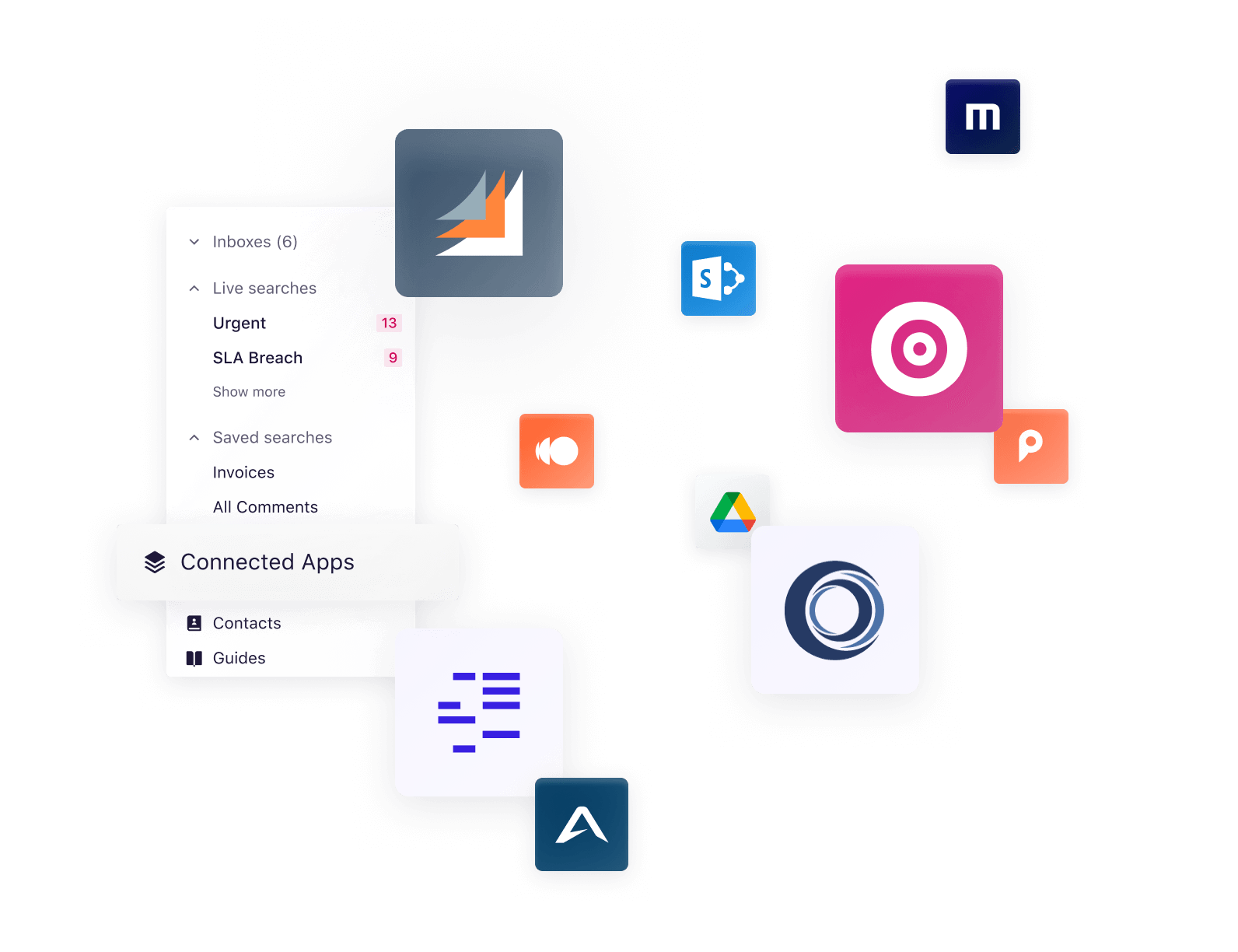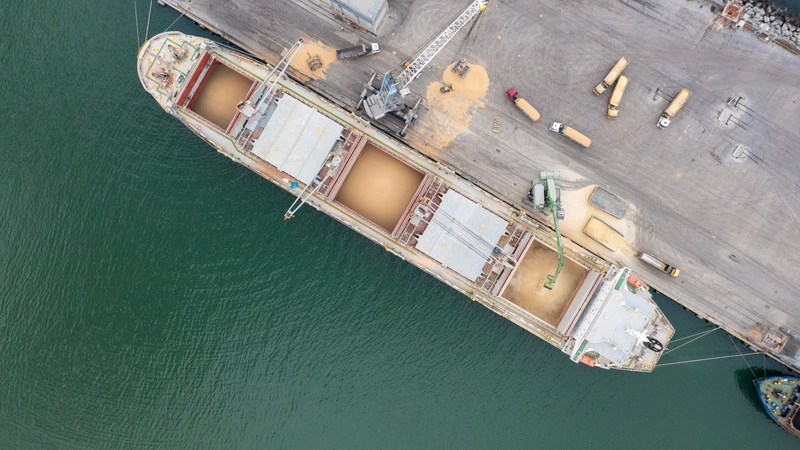How technology is changing freight forwarding
Traditional freight forwarding services have been reliant on paperwork for documentation, customs clearance, and tracking shipments, which has historically made logistics a complex and error-prone process. In fact, 76% of the respondents of an Accenture survey believe freight and logistics organisations that don't focus on their digital capabilities risk endangering their business.
With the lack of real-time data and visibility enabled by digital tools, it's difficult for shippers and forwarders to anticipate and react to delays or disruptions in the supply chain. To become more efficient and competitive, you should make the most out of technology in freight forwarding. We show you how.
What is freight forwarding?
Freight forwarding is a key service within the global trade and logistics sector, acting as an intermediary between shippers and transportation services to facilitate the movement of goods across international borders. Freight forwarders:
- Specialise in arranging the entire shipping process for their clients, from storing and shipping goods to negotiating freight rates and booking cargo space with carriers.
- Handle the preparation and processing of all necessary documentation required for international shipping, including customs documents, bills of lading, and any other paperwork required by the destination country.
What is the role of technology in freight forwarding?
The integration of technologies such as transportation management systems (TMS), warehouse management systems (WMS), electronic data interchange (EDI), global positioning system (GPS) tracking, and artificial intelligence (AI) and machine learning (ML) into freight forwarding services has enhanced efficiency, reduced costs, and improved customer service.
These technologies enable real-time visibility, optimise inventory and route management, and facilitate electronic document exchanges, making freight forwarding more agile and responsive.
Here’s how:
1. Automating manual tasks for streamlined operations
Maritime automation handles repetitive tasks such as document processing and customs clearance, allowing human operators to focus on creating higher-level value. For instance, automation of back-office operations such as email handling, freight tracking, and quote organisation optimises human resources and supports growth without proportional increases in overhead.
McKinsey’s research shows that automation has enabled early adopters to improve logistics costs by up to 15%. By maintaining commercial data consistency across the organisation, automated workflows bring transparency to the commercial process and allow for efficient use of sales team resources. It also reduces response times, directly improving customer satisfaction.
2. Collaborating and communicating seamlessly
In freight forwarding operations, email is extensively used for sharing quotes, updates on shipments, customs paperwork, and billing details with many vendors and clients monthly.
Freight forwarding technology solutions such as Sedna's Stream aggregate emails, documents, and shipment-related messages into one accessible tool. This consolidation helps reduce clutter, prioritise communications, and facilitate easier access to information, improving collaboration and efficiency.
3. Enhancing visibility through real-time tracking
GPS and Internet of Things (IoT) technologies offer unprecedented visibility into shipment movement. Customers now track their cargo in real-time, from origin to destination, fostering peace of mind and enabling proactive problem-solving. This type of transparency enabled by freight forwarding technology platforms allows for rerouting shipments around disruptions, minimising delays and ensuring timely deliveries.
4. Making informed decisions
The logistics industry generates vast data, and advanced maritime analytics tools transform this information into actionable insights, enhancing decision-making, and driving industry innovation. Machine learning algorithms predict shipping costs, potential delays, and optimal routes, empowering freight forwarding companies to negotiate better rates, optimise transportation modes, and tailor solutions to individual client needs.
5. Improving customer service
Good customer service in freight forwarding requires quick responses, timely delivery, and value-added services.
With digital technologies and maritime communication platforms, your customers can easily search, book, and track information on their bookings. This type of self-service capability brings convenience for customers — and freight forwarders can focus on resolving more complex issues and providing personalized support when necessary, ultimately enhancing overall customer satisfaction and loyalty.
Learn how to leverage technology as a competitive advantage in shipping and logistics.
6. Promoting sustainability via reduced emissions
Freight transport is responsible for 8% of worldwide emissions, with projections from the Intergovernmental Panel on Climate Change (IPCC) indicating it could become the top emitting sector by 2030.
Digitalisation and big data are at the forefront of decarbonisation, enabling freight forwarders to regulate and monitor emissions and adapt environment-friendly operations such as modern engines, low-carbon fuels, green supply-chain demand coalitions, and standardised book-and-claim frameworks.
Unlock the potential of freight forwarding technology with Sedna
Regardless of the size of their operations, forwarders should modernise their approach to email management with automated workflows and AI-driven analytics. By intelligently organising and prioritising emails, our AI-powered freight forwarding solution ensures that critical information never gets lost in the shuffle.
Our purpose-built email management platform enables advanced filtering, tagging, and search functionalities, making it effortless for teams to access the information they need when they need it.
Steam also integrates data from transport management systems (TMS) like Cargowise into email workflows to minimise manual entry and boost efficiency by auto-populating messages with shipment details. And with features like automated document generation, customs clearance workflows, and real-time notifications, you reduce the time spent on manual tasks.
Navigate your way to success with Sedna’s advanced technology in freight forwarding. Book a demo today.
Latest resources
Driving faster action and insights from your core business system
Connected Apps integrate business-critical data hidden across your digital ecosystem. Make informed decisions without needing to switch contexts or systems.






